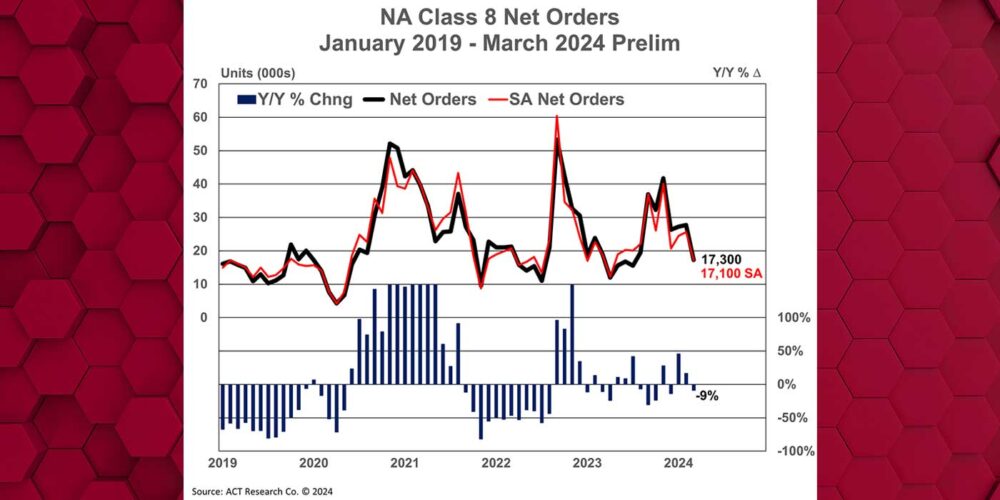In the face of ongoing pandemic-induced global supply chain disruptions, economic uncertainty, and widespread global digital transformation, freight forwarders are struggling to balance profitable margins with differentiated services that meet rising customer expectations around rates and shipping options. Unfortunately, the resource-intensive process of managing multi-modal logistics costs and surcharges is rife with complexities and unpredictability that can prove serious logistical and financial challenges for forwarders.
A changing landscape creates challenges
Digital transformation of the freight industry is accelerating, and forwarders need to keep up. Reminiscent of the scene that played out in the travel industry some years ago, freight forwarders resistant to transitioning operations to a digital ecosystem risk the same fate as many now obsolete travel agencies of days gone by. Large forward-thinking logistics organizations have already made sizeable inroads on the digitization of their systems, but many forwarders don’t fully understand the process and are unsure how to apply it their business.
Faced with rising customer expectations, forwarders must create an efficient, frictionless customer experience. Today’s customers want instant access to quotes online and they want to book with confidence knowing that space has been allocated for their shipment. They expect competitive rates, accurate landed costs, and alternate shipping options to the point of delivery.
Forwarders need to respond quickly to customer quote requests—a potentially time-consuming process—while simultaneously ensuring the accuracy of the quote. Ever changing rates, complex shipping routes, and complicated surcharge structures create operational hurdles, especially for forwarders attempting to manage rates manually.
From a bottom-line perspective, cost per file is a critical metric that forwarders must keep in check. In addition to curtailing administrative labor costs, freight forwarders must generate rates that reflect the current shipping market conditions while ensuring they are priced correctly to maximize margins; a pricing misstep can impact both profits and customer satisfaction.
Manual processes might not be up to the task
Forwarders attempting to manage rates globally using manual, legacy, or bespoke solutions are stumbling in the face of volatile market conditions and the incredibly complex process of capturing, organizing, and presenting real-time rates to customers and sales teams.
In the absence of automated rate management systems, non-digital forwarders are struggling to keep pace with the speed of rate changes in today’s market. Manual, static systems are unable to efficiently adjust prices for different commodities, trade lanes, or peaks. Similarly, forwarders relying on manual processes find it difficult to compare price points with worldwide freight rate benchmarks in order to gauge if their rates are competitive, hindering their ability to empower their sales teams with attractive rates to grow the business.
At the same time, non-digital forwarders struggle with the pressure of administrative overhead as they maintain contracts and negotiated rates while jumping between carrier portals and cumbersome schedule portals.
Automating with GPM
In order to automate the most labor-intensive aspects of their business—rate management, quoting, capacity allocation management, detention and demurrage—and control cost per file, forwarders are adopting a new class of digital solution called Global Price Management (GPM). GPM takes routing, price, capacity, and schedule information into account to provide customers and sales teams with comprehensive pricing and service recommendations, which delivers enhanced clarity, productivity, and value to the complicated process of managing multi-modal logistics costs and surcharges. By automating the rate management process, GPM helps forwarders reduce operational stress, elevate the customer experience, and maximize shipment margins.
How does GPM work?
GPM technology enables freight forwarders to quickly compare freight rates, surcharges, and additional fees for the entire shipping process, based on preference, best value, and alternate routes. By selecting their preferred mode of transportation, shipping date, point of origin, destination, and routing options, forwarders can view a comprehensive list of current shipping options in one centralized location, a “single source of truth.” The automated solution provides greater control and transparency over the process and offers better visibility into margins.
Digitizing the ‘quote and book’ workflow is the first, and most important, step in automating rate management. For forwarders that have not yet adopted a digital approach, their ‘quote and book’ process typically involves a form on the website in which a customer enters information about the potential transport, requests the price, and waits up to 48 hours to receive an email or a PDF with the price attached. This antiquated and inefficient process is akin to using Expedia to search for flight prices to Hawaii but not receiving your quote until the following week.
GPM, in combination with a digital frontend solution, streamlines the ‘quote and book’ process, delivering fully automated price retrieval with the option to book. By leveraging GPM to automate and expedite the process, forwarders can better serve their customers, control cost per file, and optimize margins.
In addition to automating rate management, GPM solutions enable forwarders to offer a range of value-added services that differentiate their organization from competitors—from capacity management, data-driven reporting, and SPOT rate handling to, for example, Verified Gross Mass (VGM) integrations and API connectivity.
Sophisticated GPM solutions use booking patterns, cross-referenced with available space, to strategically manage carrier allocations during peaks and troughs. In addition, GPM solutions eliminate the headache of demurrage and detention (D&D) charges by managing D&D agreements and connecting shipment information to prevent unwanted costs.
To increase operational efficiency, freight forwarders can use APIs to interface GPM data with critical systems that require fast, accurate, and complete shipping and pricing options, such as transportation management systems (TMS), customer relationship management (CRM), and customer-facing online booking platforms.
From a regulatory compliance perspective, GPM solutions enable digital forwarders to repurpose and stream information to governments or ports efficiently and automatically. For example, VGM integrations ensure seamless compliance with SOLAS VGM requirements while preventing short shipment.
Looking ahead
Customers are increasingly demanding digital services from their partners, driving forwarders to embrace a digital ecosystem—TMS, CRM, GPM, digital freight execution—that can deliver the superior experience that customers expect, while keeping costs in check to maximize margins. And as the momentum for digital transformation across the industry grows, forwarders lagging on digitizing their operational workflow risk becoming the dinosaurs of their industry.
GPM’s unified platform and real-time rate transparency enables informed decision-making, supports a competitive sales enablement strategy, and enhances business process management—critical success factors moving forward. Going digital can also help forwarders open new sales channels and serve specific customer segments in new ways.
Operating in a global and rapidly changing environment, freight forwarders’ ability to take control of key operations (e.g., rate management, quoting, capacity management) to minimize cost per transport by automating labor-intensive processes is a key differentiator that will determine future growth. Going forward, innovative forwarders that combine a digital customer booking experience with automated price management will be able to capture market share and improve profitability for continued success.
For more from Descartes, visit the Descartes website.














